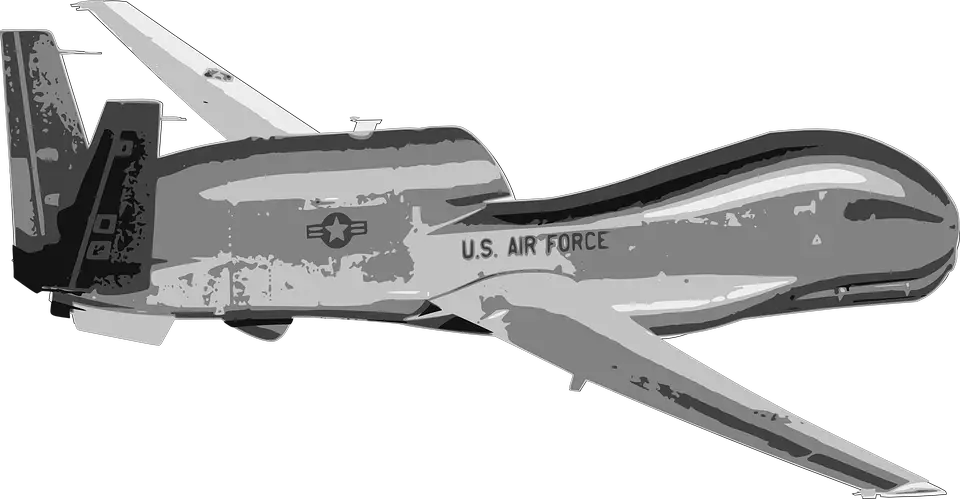Computer scientists and roboticists in recent years have developed different types of technological tools to help humans during critical missions, like search and rescue efforts or military operations. UAVs (Unmanned aerial vehicles) have proved to be very valuable in these cases.
Polytechnique Montréal researchers have developed a new system to control UAVs used during missions. The system, which is pre-published on ArXiv, is based on an AR interface allowing users to control the UAVs via an HMD (head-mounted display).
“Our study was born from a partnership between the industrial company Humanitas Solutions Inc. and the research laboratory of computer graphics and virtual reality (LIRV) of Polytechnique Montréal directed by professor Benoit Ozell. I was a student in a research master and this paper is a result from my studies in the past 2 years.” – Dany Naser Addin, co-author of the recent paper.
The objective of the study carried out by Naser Addin and Benoit Ozell was to investigate the potential of new technologies, especially augmented reality. The researchers closely worked with people who periodically interview firefighters in Montréal to understand how new and innovative technologies could assist them in their critical work.
“The goal of our study was to support the work of these firefighters in Montréal by managing a swarm of multiple drones using a single AR headset during a fire-related emergency. To do this, we designed an AR interface, using the Magic Leap 1 headset, which can be used to manage a swarm of UAVs in a stressful situation. Our goal was to evaluate if AR could be an important tool for the future of critical situations.” – Dany Naser.
The user interface designed by Naser and Ozell offers contextual information linked to a fire and its location in front of a user. The information is displayed in a 3D environment.
The system enables users to control drones in real-time through the Magic Leap 1 headset. To control and monitor the drones during missions, users just need to interact with the 3D environment in front of them via the headset.
Follow us on LinkedIn
Read other Articles





